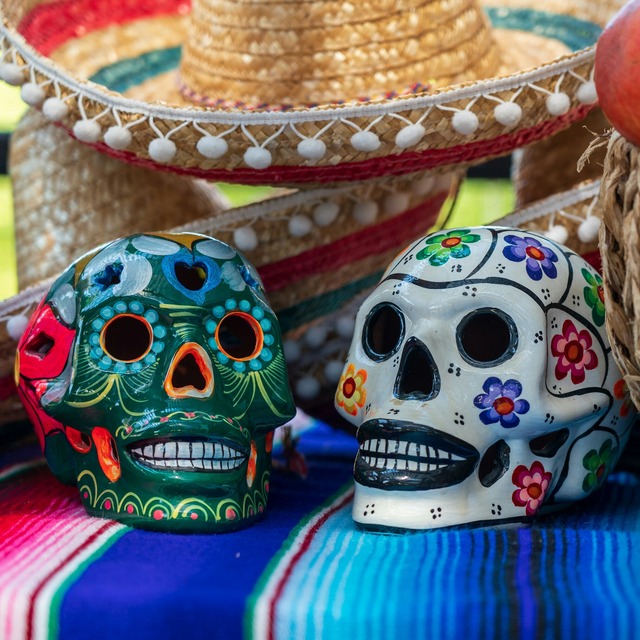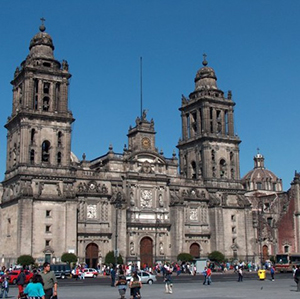
Day 1 : Mexico City
Arrive into Mexico City where you will be met by a Travel The Unknown representative and brought to your hotel. Rest of the day free. Overnight in hotel.
Meal plan: n/a
Once known as the City of Palaces and straddled by the twin volcanoes of Popocatepetl and Iztaccihuatl, Mexico City is one of the world`s greatest cities. Visit it`s historic centre and discover its ancient heritage before visiting two of the world`s most impressive archaeological sites - firstly Teotihuacan with its pyramids, the Avenue of the Dead and a hotly disputed ancestry. Secondly take in El Topozteco, a monument to the Aztec God of pulque, an ancient alcoholic drink made from agave and still consumed today. Finally stop in Tepoztlán to sample some of its famous ice-cream.
Mexico City - Teotihuacán - Tepoztlán - El Tepozteco

Arrive into Mexico City where you will be met by a Travel The Unknown representative and brought to your hotel. Rest of the day free. Overnight in hotel.
Meal plan: n/a

Visit the UNESCO-listed historic centre of Mexico City including the Plaza de la Constitución (El Zócalo), Metropolitan Cathedral, National Palace and the Templo Mayor. Optional visits to the anthropological Museum and the Frida Kahlo Museum. Overnight in hotel.
Meal plan: Breakfast
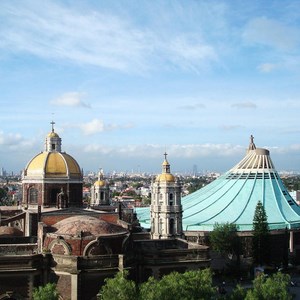
Visit the famous archaeological site of Teotihuacan (a.k.a. "The City of the Gods"). According to legend this is where the gods gathered to plan the creation of man. Teotihuacan was the largest Pre-Columbian city in the Americas, reaching a total population of 150,000 at its height and is the site of some of the largest ancient pyramids in the world, such as the Temple of the Sun. Drive back to the City. Afternoon free in the city. Why not visit the famous Basilica de Guadaloupe or the canals and gardens of Xochimilco?
Meal plan: Breakfast
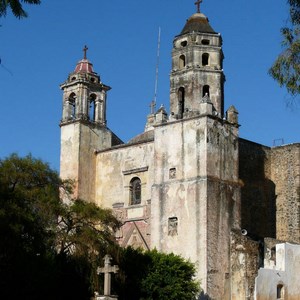
Drive south to the "Pueblo Mágico" of Tepoztlan. Visit this pretty town famous for its spas, meditation, alternative medicine and its traditional city centre. Hike about one hour to the small archaeological site of El Tepozteco, a monument to the Aztec God of pulque, an ancient alcoholic drink made from agave and still consumed today. Stop for a traditional lunch at a local fonda (restaurant) before driving back to Mexico City. Rest of the afternoon free.
Meal plan: Breakfast & lunch

After breakfast you will be dropped to the airport or bus station as required.
Meal plan: Breakfast
Swim, dive and cruise the shores to discover Mexico's marine life
Explore Mexico's stunning mountains on foot
Unforgettable rafting and free-fall experiences in the heart of the jungle
Delve into Mexico's tapestry of craggy cliffs and copper-green canyons
Unwind on Mexico's idyllic white sand beaches
Trace Olmec, Aztec, Zapotec & Mayan roots
Trace the path of Mayan history - from antiquity to today
Discover the highlights of two Latin gems
Aztec ruins, Oaxacan flavours & colonial towns
The last bastion of indigenous Mexico
The festival where death never felt so alive.
A culinary tour of Mexico's gastronomy capital
Indigenous village trek in a world of biodiversity
Ancient history meets modern metropolis
Caroline , Zapotecan Village Trek, MexicoThe hiking was amazing with spectacular scenery and knowledgeable guides. The luxurious but rustic wooden cabins were really welcoming after a long days hiking.
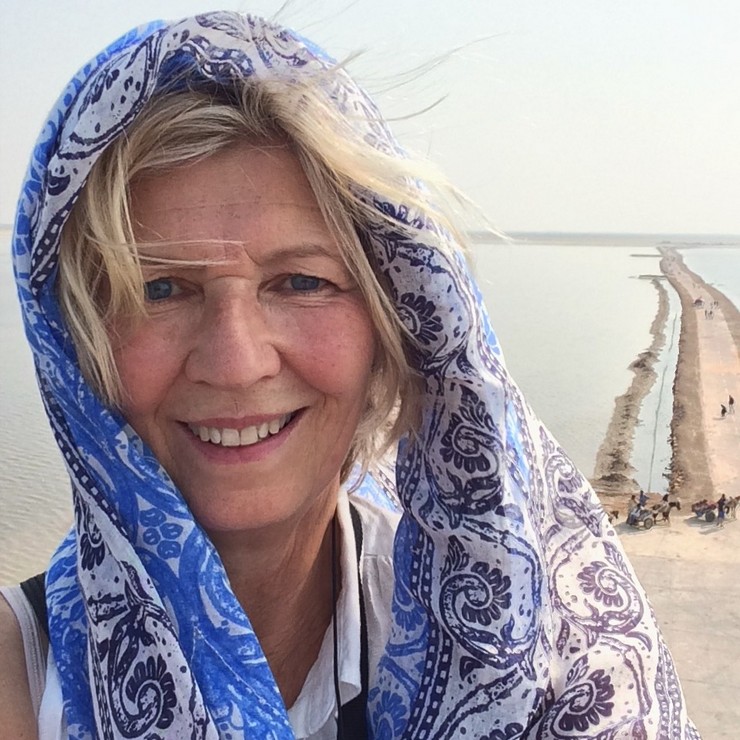
Jeannie Saville , Flavours of Mexico, MexicoIt is not surprising that UNESCO has added Mexican cuisine to its list of cultural treasures worth preserving. The variety and quality of Oaxacan food is awe inspiring and ranges from street food to creative chefs in top class restaurants. All aspiring young chefs should visit the Sunday market in Tlacolula, a real feast for the eyes and the palette. We have learnt a huge amount on this tour about life in Mexico and the problems of Mexico`s indigenous people.
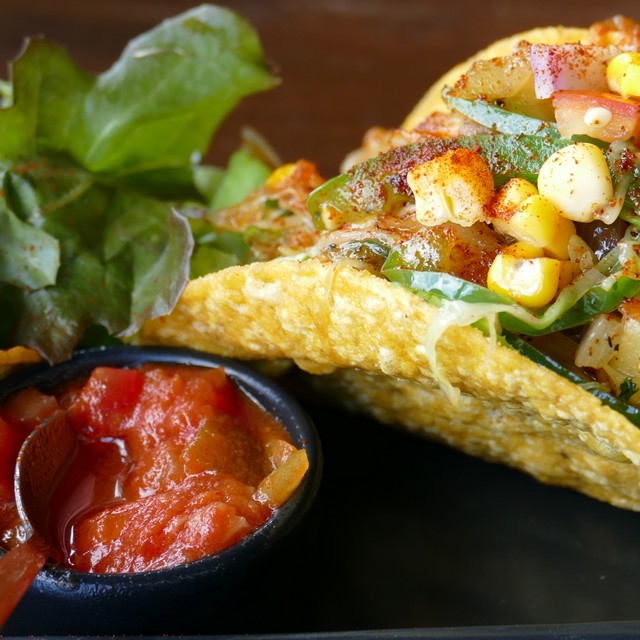
Bill Dodd , Flavours of Mexico, MexicoHaving travelled to Mexico on various trips over the years I was surprised to find Oaxaca was so different. Many traditions that have died out elsewhere are still alive and kicking in Oaxaca. And the food is sublime.

The Stockdales , Day of the Dead FestivalIt was the first time we had used Travel the Unknown... and hopefully not the last. They appeared to be the only company offering a tailored Day of the Dead itinerary. Their Mexican partners created a trouble free experience with a knowledgable guide and careful safe driver who seemed to find a parking space where ever we stopped. With the trip limited to the surrounding area of Mexico City (about 60 miles from centre), it allowed us to get into the whole experience in little towns, bigger cities, and peoples homes. It was a feast of colour and pageant, with marigolds everywhere!! An experience of a lifetime and something to tick off on my bucket list. Thank you.
